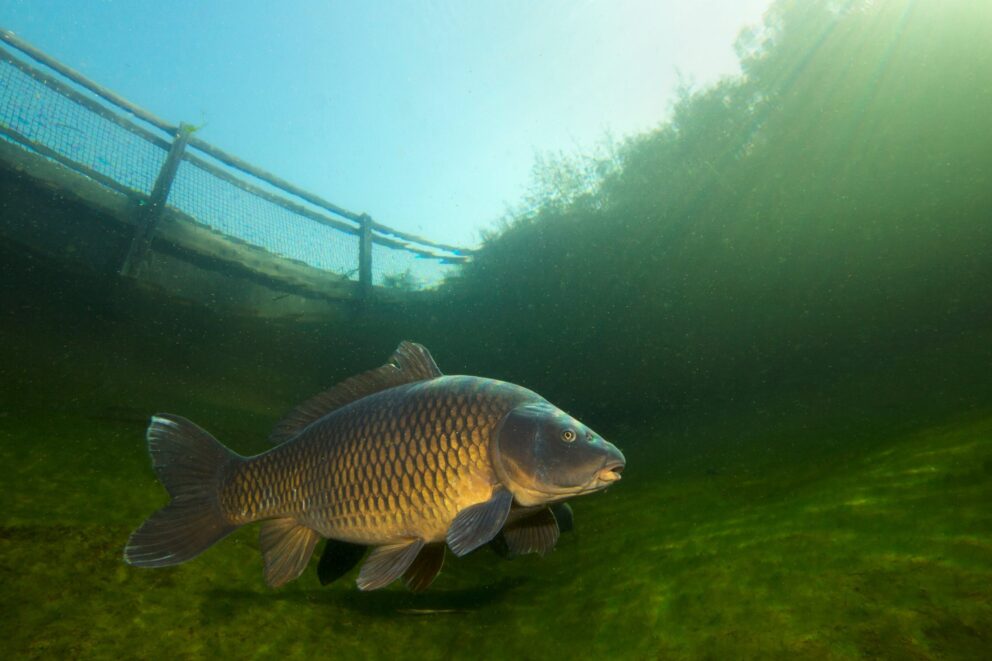- SCIENTIFIC NAME
- Cyprinus carpio
- CLASSIFICATION
- Fish
- LIFE SPAN
- 13-47 Years
- SIZE
- 8-38” | 1-35lbs
- STATE CONSERVATION STATUS
-
- Unprotected
- FEDERAL CONSERVATION STATUS
- Least Concern
- GAME STATUS
- Non-Game
- Washoe
- Humboldt
- Pershing
- Churchill
- Mineral
- Lyon
- Douglas
- Carson City
- Storey
- Elko
- Lander
- Eureka
- White Pine
- Esmeralda
- Nye
- Lincoln
- Clark
Habitat & Range
Carp are native to Asia and Europe. The species was imported and stocked extensively throughout North America in the late 1800s as a food source and has prospered in almost every water where originally stocked. It can be found in rivers, lakes, reservoirs, and ponds throughout Nevada.
Threats
- Habitat Loss
Natural History
Common Carp were brought over from Eurasia as a food source for settlers. They’re preferred diet includes aquatic vegetation and fish eggs. These fish are not regulated in the United States and the species is on the 100 worst invasive species list. In Asia and Europe, they have been domesticated. Common Carp are very adaptable and breed easily.












